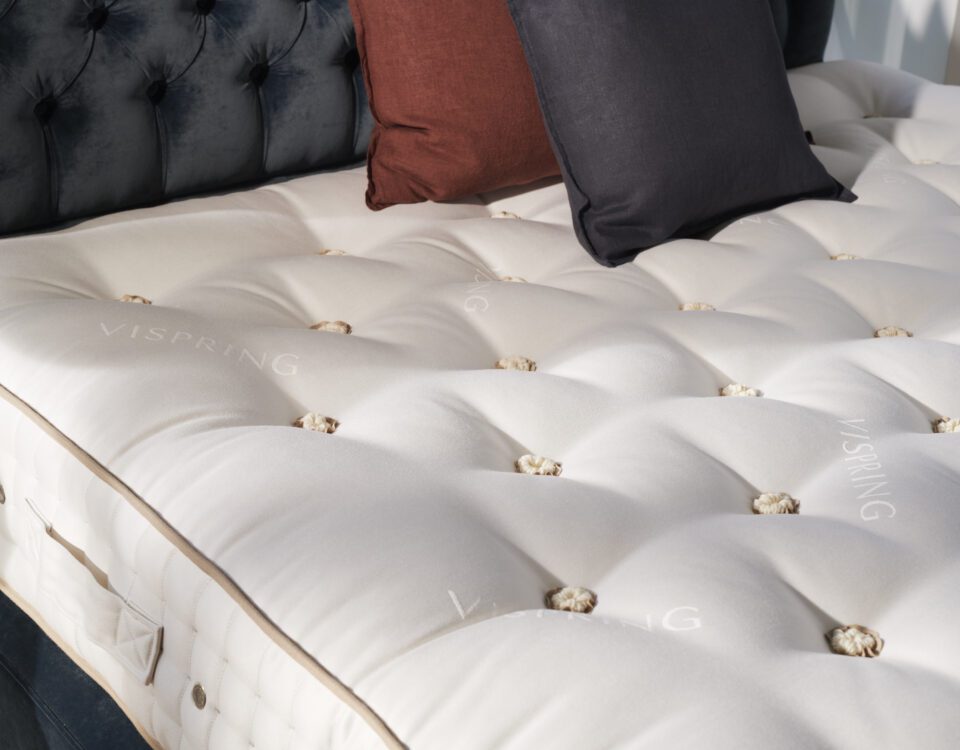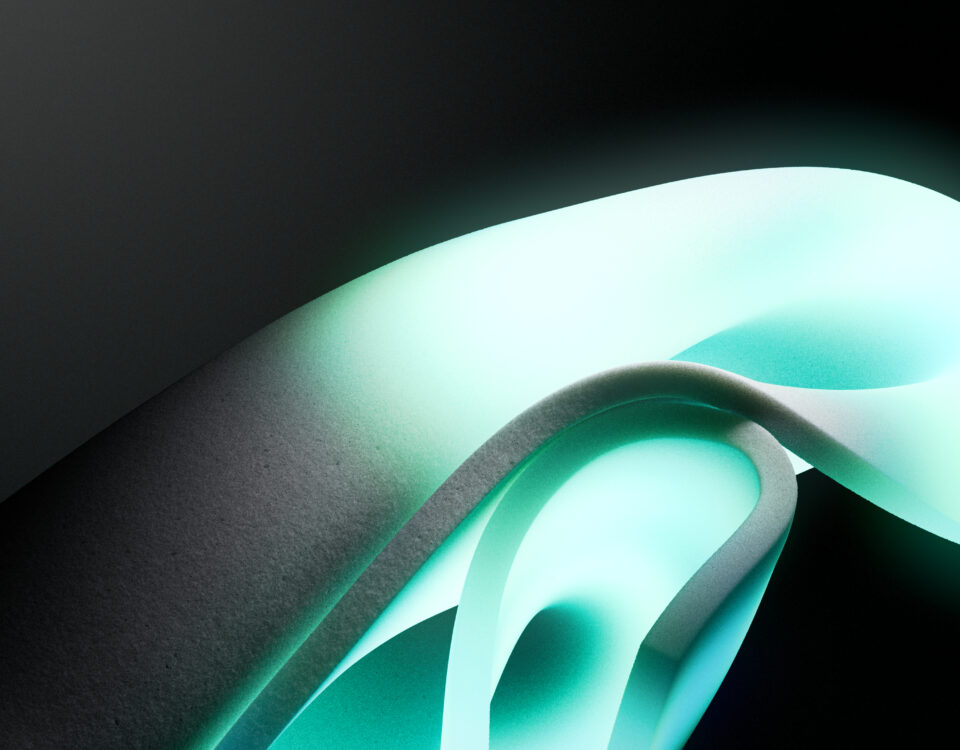Beds, Pillows, and Dust Mites
One-third of one’s life is generally spent in bed. Each week of that life, an average human sheds about one-fifth of an ounce of dander (you know, the skin flakes and other miscellaneous things that fall off of your body?). Well, dander happens to be the preferred food of those microscopic dust mites that live in and around your beds, pillows, and carpets. Isn’t that nice?
Although dust mites seem to be everywhere, beds and pillows are their preferred habitat due to their moist and warm nature, a statement made even truer when someone is asleep on the mattress. Unfortunately, the chances are good that tens of thousands of dust mites actually inhabit your bed, and even more have accrued in your older, used beds (up to one million). In fact, a tenth of the weight of a typical two-year-old pillow is made up of the remains of dust mites and their feces.
This post just keeps getting better, doesn’t it?
House dust, which dust mites live and eat off of, can be made up of a number of things including ash, fiber, fingernail filings, food crumbs, glass particles, hair, pollen, salt and sugar crystals, skin scales, spores, and even wood shavings. In other words, practically anything and everything floating around the house
House dust mites are microscopic, fortunately, and therefore the human eye is unable to see them. They are a mere 250 to 300 microns in length and their bodies are actually transparent. Their average life span lasts for up to 4 months, with a 1-month growing period into adulthood. Due to their natural inclination for moist habitats, dust mites’ population generally increases in the hot, humid months of summer, decreasing in the drier and cooler months of winter.
On the bright side, these pests are no more harmful than a common allergen, making them significantly easier to live with if you can get past the less appetizing details.
To detect and control a dust mite problem in your home, our sleep experts have a few suggestions:
- Enclose your mattress with a mattress protector–dust mites are unable to penetrate the plastic, virtually eliminating them from their favored habitat.
- Wash your linens in very hot water—washing your pillows and sheets in extremely hot water effectively lowers the risk of dust mites
- Use synthetics—rather than sleeping on down or feather pillows, utilize synthetic materials as dust mites are less likely to inhabit them. I suggest trying a gel pillow.
- Turn the heat down—with a reduced temperature (below 70°) and humidity (below 50%) the favored conditions of dust mites are lessened.
- Clean often—the more you clean, the less dust and dander you have around the house
- Utilize steam cleaners for anything that can’t go through the wash
- Get an air purifier—reducing dust levels won’t remove the mites, but will reduce the allergens floating through your home.
- Read How to clean a mattress for tips from our sleep experts on keeping a cleaner sleeping space.
While there are a number of other effective ways to rid your home of these nasty critters, these are a few easy places to start. Good luck!
If you’re feeling really committed, check out our Better Memory Foam mattress selection. Credible evidence suggests that dust mites have a much harder time burrowing into a thick layer of foam than an innerspring model.
Cheers and sleep well.




